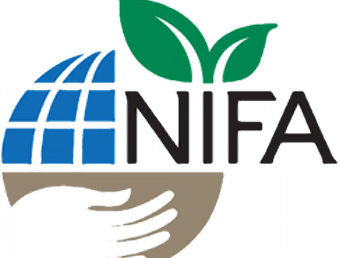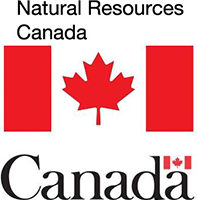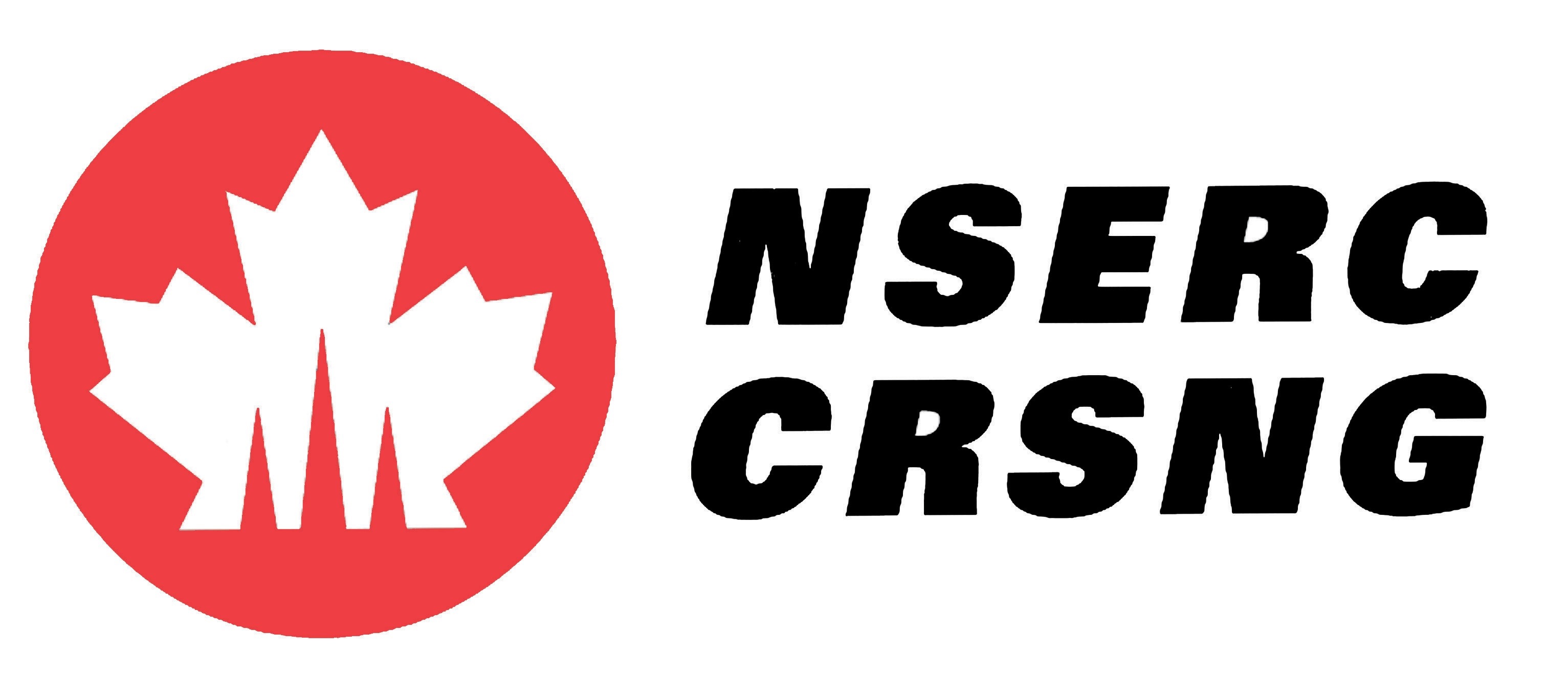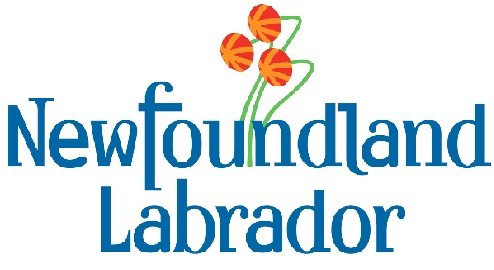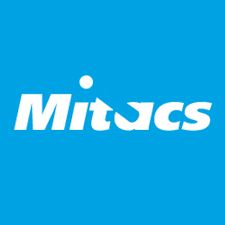Current Projects:
TITLE: Unmanned Aerial System (UAS) Image Processing for Automatic Forest 3D Modelling
FUNDER: NIFA McIntire-Stennis Research Program
DURATION: 2019-2023
TITLE: Development of Novel Remote Sensing and Machine Learning Techniques for Inventory and Biomass Estimation of Eastern US Forest Landscapes
FUNDER: NIFA McIntire-Stennis Research Program
DURATION: 2020-2022
TITLE: Wetland and Sediment Plume Monitoring using Advanced Remote Sensing and Machine Learning Techniques
FUNDER: Clarkson-ESF Centre of Excellence on Healthy Water Solutions
DURATION: 2021-2022
TITLE: New York State Carbon Assessment; New York State Forest Biomass Estimation Using SAR and Optical Remote Sensing
FUNDER: NYS Dept. of Environment and Conservation- Environment Protection Fund
DURATION: 2019-2022
Past Projects:
Establish a Permafrost Monitoring System Using InSAR and Optical Satellite Data and Object-based Image Analysis (CI, 2017-2019)
One of the three components of a larger project funded by Defense Research and Development Canada (DRDC) through the Defense Innovation Research Program (DIRP), this project aims to develop, implement and demonstrate RCM SAR data for Terrain and permafrost change analysis and modelling in Canada's Northern Territories. A Multi-source (combined optical, AR, InSAR, and Geological data) object-based data analysis is being developed implemented to detect and model the changes in terrain stability and non - continues permafrost regions of Canada's North. The project is being carried out by a multi-disciplinary team of experts including Remote Sensing scientists, Engineers and Geophysicists
Develope a Wetland Inventory System for Newfoundland and Labrador using Advanced Optical and SAR Remote Sensing Technologies (PI, 2015-2018)
NL is the only province in Atlantic Canada that does not have a wetland inventory system. In this project, we are developing a state-of-the-art framework for wetland classification and inventory system generation utilizing advanced optical and SAR remote sensing technologies for w. The techniques being developed will be used later for the province-wide wetland inventory creation.
Water level change monitoring of Marsh wetlands using Interferometric Synthetic Aperture Radar-InSAR (PI, 2015-2018)
This project aims at monitoring water level changes in pilot Marsh areas in Avalon Peninsula, Newfoundland and Labrador using InSAR Coherency of multi-band SAR imagery including RADARSAT-2 C-Band, TerraSAR X-Band, and ALOS PALSAR-2 L-Band
Remote Sensing-based Wetland Mapping in Newfoundland and Labrador Using Aerial Ortho photos and Space borne Synthetic Aperture Radar Data (PI, 2015-2018)
Canada owns approximately 25% of the world's total wetlands. Newfoundland and Labrador is one of the most wetland-rich provinces in Canada. However, wetland have not been mapped in NL so far. This project combines historical aerial high resolution ortho photos and new polarimetric Radar data to develop a fast and effective mapping tool for classification of wetland in the province.
Terrestrial Oil Spill Detection and Environmental Impact Monitoring Using Electromagnetic Surveying and Multisource Earth Observation Data (PI, 2015-2019)
Funded by the NSERC Discovery grant, a technique is being developed to detect pipeline oil spill in terrestrial areas and its effect on vegetation and soil thorough satellite- and ground-based earth observation data
Unmanned Aerial Vehicle (UAV) image processing for Forest Height estimation and DTM and DSM Extraction (PI, 2015-2018)
This research-based projects investigate on reconstruction of digital elevation models (DEM) generated by stereo UAV imagery digital surface model (DSM). Following the reconstruction of DSM, forest tree height will be estimated based on the combination of object-based image analysis techniques and the DEM/DSM
Multi-source and Multi-temporal Data Fusion for Wetland Mapping and Monitoring (PI, 2015-2019)
This is a Newfoundland and Labrador Research and Development Corporation (RDC) Ignite Project It's a collaboration between C-CORE/LOOKNorth, MUN, Ducks Unlimited Canada, and Provincial and Federal governments.
Object-Based Image Analysis for Operational Forest Mapping Using Aerial Imagery and Digital Surface Model Data (PI, 2014-2018)
An object-based image analysis frame work is being developed for automatic mapping of forest areas using very high resolution optical aerial images. The method will be used for automatic and fast classification of aerial photographs for delineating small water bodies and forest types. In the second phase the method is able to extract the forest canopy height using DSM generated from the stereo aerial photographs. Small-area forest disturbance detection and mapping (PI, 2013-2014)
The project is mapping and monitoring small-area disturbance features such as well sites and seismic lines using freely available or cost-effective earth observation data. A novel methodology was developed based on the combination of pixel-based image enhancement and object-based image analysis to detect and extract well sites from freely available landsat-4 imagery.
Torngat Caribou habitat classification using remote sensing technology (PI, 2013-2014)
The Torngat Caribou has always been important to the Inuit regionally in Quebec and Labrador both for food and as part of their culture. In recent years there has been some concerns expressed by Inuit in the decline of the Torngat Caribou herd. Using remote sensing technologies allows monitoring of the herd, its habitat, and the factors that are impacting its survival. In this project, a land cover classification framework was developed using 21 scenes of SPOT- 4&5 imagery of 2007-2010 to classify the Torngat habitat area.
Very accurate crop-type classification using the combination of optical and SAR data (PI, 2012-2013)
While being a visiting fellowship in Agriculture and Agri-Food Canada (AAFC) Bahram developed and implemented a novel methodology based on time-series of optical and radar data for very accurate crop type classification as part of a bigger Canada's national terrestrial monitoring framework.
Urban land cover classification using very high resolution optical imagery (PI, 2009-2012)
As part of the PhD thesis, the project originally defined as a major part of an NSERC Strategic Grant project, entitled "Development a high fidelity Geographic Information System/ Remote Sensing (GIS/RS) system for detecting urban sprawl, land use information and land cover change." Bahram was the lead in this multidisciplinary project between, departments of Geomatics Engineering, Civil Engineering at University of New Brunswick, and the City of Fredericton. Several peer-reviewed journal papers and conference- proceedings were resulted from this research.
Moving vehicle detection/ velocity estimation using single pass Worldview-2 imagery (PI, 2001-2012)
As part of my PhD research, I developed a method for moving vehicle detection and its velocity by using a single Worldview-2 image. The method has application in fast and cost-effective traffic monitoring using satellite data. The results were published in the IEEE journal.
Hyperspectral image processing for classification and dimensionality reduction (PI, 2003-2005)
As part of the MSc. thesis, a preprocessing algorithm based on statistical feature extraction and low pass filtering was developed to reduce the dimensionality of hyperspectral data resulting in an improved accuracy of classification. The results were published in the World Applied Science Journal and two conference proceedings.

